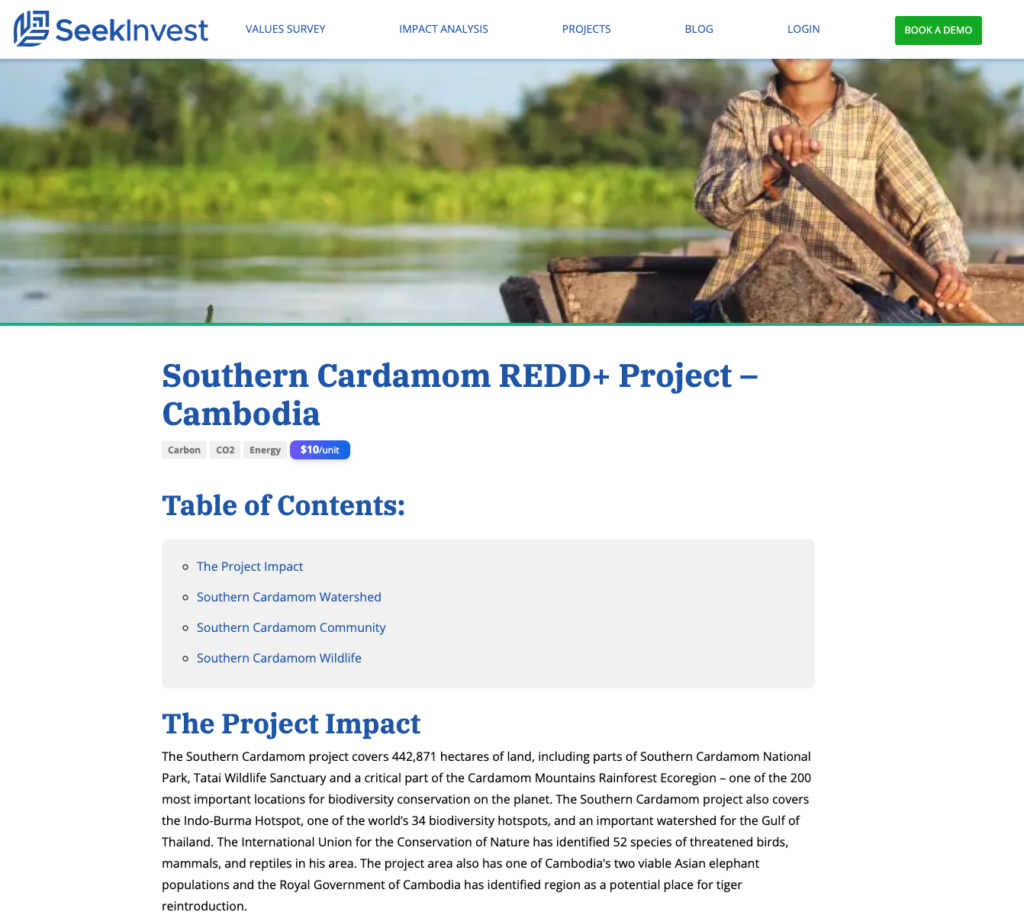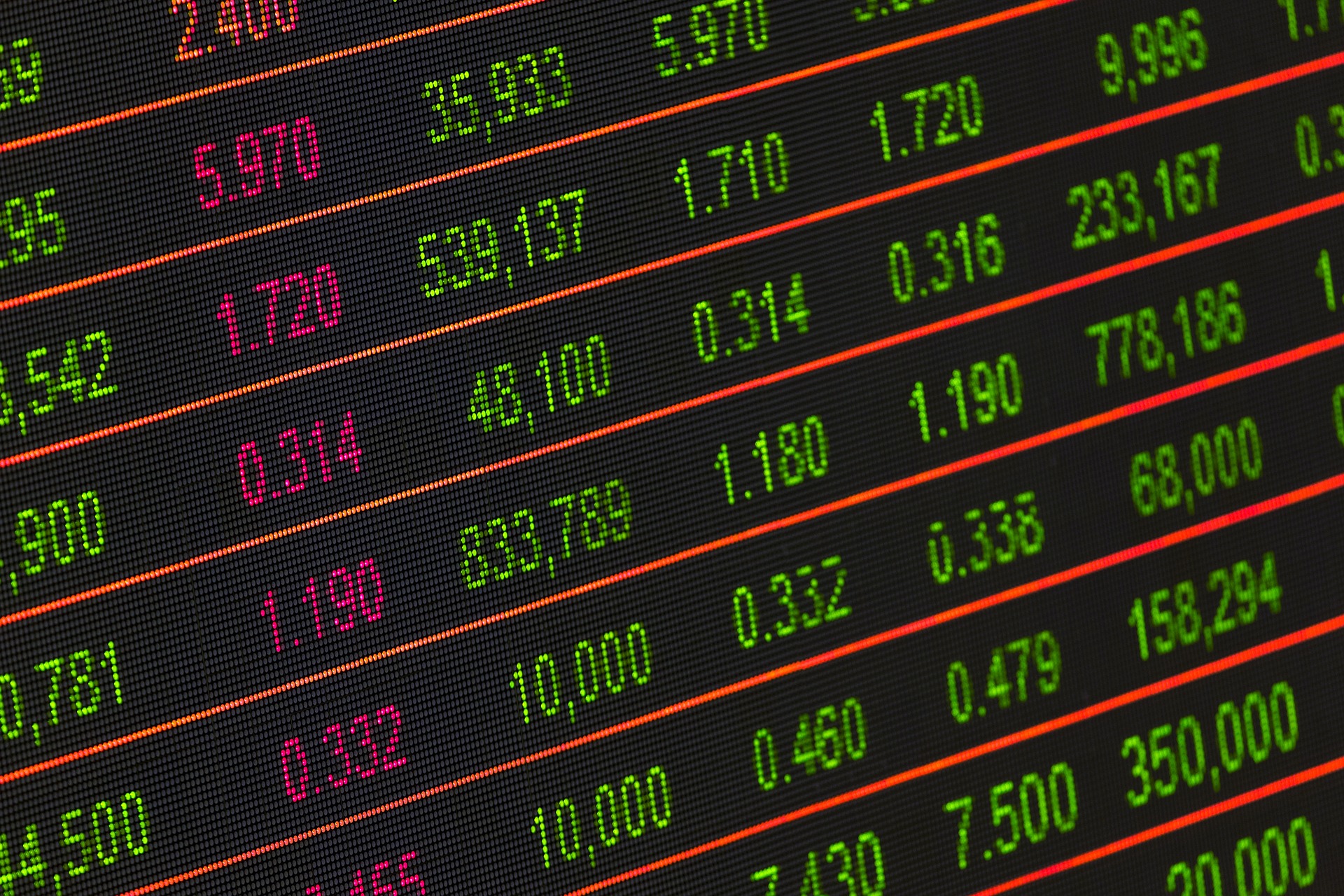Ways to trade carbon offsets
There are mandatory and voluntary carbon markets for trading offsets. Mandatory carbon markets are run regionally, nationally, or internationally. The mandating entity defines a legal limit for greenhouse gas emissions across the market and allocates to each participant an allowable level of emissions. Participants that emit less than their allocation can sell the excess allowance to participants that emit above their limit.
Through this offset, the market meets the overall emissions target, while giving participants flexibility in achieving their specific allowance. Offsets create incentives for high emissions participants to invest in cleaner production and processes. Mandatory carbon markets are regulated and closely managed from a compliance perspective.
Voluntary carbon markets allow organizations and individuals to choose to purchase carbon offsets for whatever purpose. As noted in a prior blog post carbon offsets, through voluntary carbon markets, offsets represent projects that reduce GHG emissions or increase carbon capture. The most common examples are voluntary efforts to offset emissions caused by air travel, efforts to reduce the carbon footprint of conferences or public events, or manufacturing of a product.
According to Ecosytem Marketplace, voluntary carbon markets are on track to finally hit $1 billion in annual transactions this year if current levels of activity continue. Compared with 2019, volume traded increased 80% in 2020. her than all of 2020.

Voluntary markets need better governance
Unlike mandatory markets, voluntary markets do not have a centralized compliance or governance mechanism to ensure project integrity or pricing. According to Interpol, voluntary carbon markets are vulnerable to illegal activities including:
- Fraudulent manipulation of measurements to claim more carbon credits from a project than were actually obtained;
- Sale of carbon credits that either do not exist or belong to someone else;
- False or misleading claims with respect to the environmental or financial benefits of carbon market investments;
- Exploitation of weak regulations in the carbon market to commit financial crimes, such as money laundering, securities fraud or tax fraud; and
- Computer hacking/ phishing to steal carbon credits and theft of personal information.
Solutions are emerging
In response to Interpol’s and others’ concerns, voluntary carbon market participants have created standards and protocols to improve the quality and credibility of voluntary offsets. The standards and protocols differ significantly across goals and services provided. Some firms offer end-to-end services, including rules, requirements, and administrative systems for accounting, quantifying, monitoring, reporting, verifying, certifying, and registering offset projects and credits.
These firms often rely on standards developed for the mandatory carbon markets. These programs are designed to provide the offset credit sellers (the entities managing projects) with quality assurance certification and offset consumers with greater transparency and confidence in the credibility and integrity of certified offsets. The registries that are highly regarded provide these services.
In September 2021, the taskforce for scaling high-integrity voluntary carbon markets announced the formation of a new, independent governance body to oversee the markets. Nonetheless, the high-quality registries have thousands of projects from which to pick. Consequently, individuals who want to purchase carbon offsets may prefer to have choose from curated projects aligned with their goals and values.

